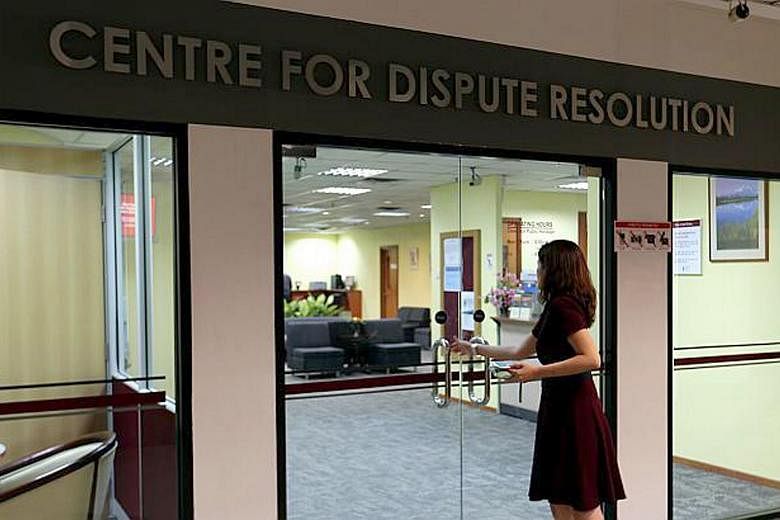The Singapore judiciary's continued support of mediation as the preferred dispute resolution method is heartening ("CJ seeks to ease doctors' fears of malpractice suits"; Tuesday).
Allocating resources to train lawyers in the various forms of dispute resolution has been a good starting point. As a result, we have a big pool of trained mediators, collaborative family lawyers and child representatives.
However, training alone is not sufficient and we now need to focus on setting up a thriving mediation culture.
Currently, parties are still commencing court proceedings to obtain legal resolutions. They then proceed to court mediation, and a good majority of cases are resolved in the court dispute resolution centres.
In the Family Justice Courts, parties are still contesting divorce proceedings and filing various court documents as if they are heading to a contested divorce trial.
Again, most divorces are mediated in the family dispute resolution chambers and uncontested divorce orders are obtained.
The courts are now using valuable resources to manage a growing heavy mediation caseload. This results in parties having to wait for a few weeks for each mediation session, and months to resolve their matter amicably.
Mediation will be commonly used only if parties are required first to attempt mediation before they can enter the doors of the courts. Certificates of having attended mediation must be furnished before they are allowed to file lawsuits.
In many countries, such as the United States and New Zealand, private mediation is a popular and thriving profession.
Lawyers in Singapore are not going to become mediators, or support mediation wholeheartedly, if they are not able to be paid fair fees for their mediation work.
The current option for litigation lawyers who are also mediators is to volunteer their mediation services in the courts and other organisations. They are paid for the occasional work that is referred to them by the Singapore Mediation Centre.
I call on the courts and the Law Society of Singapore to focus on promoting out-of-court mediation, and mediation as a profession.
By doing so, court resources can be better used to achieve the primary goal of administration of justice.
Rajan Chettiar

